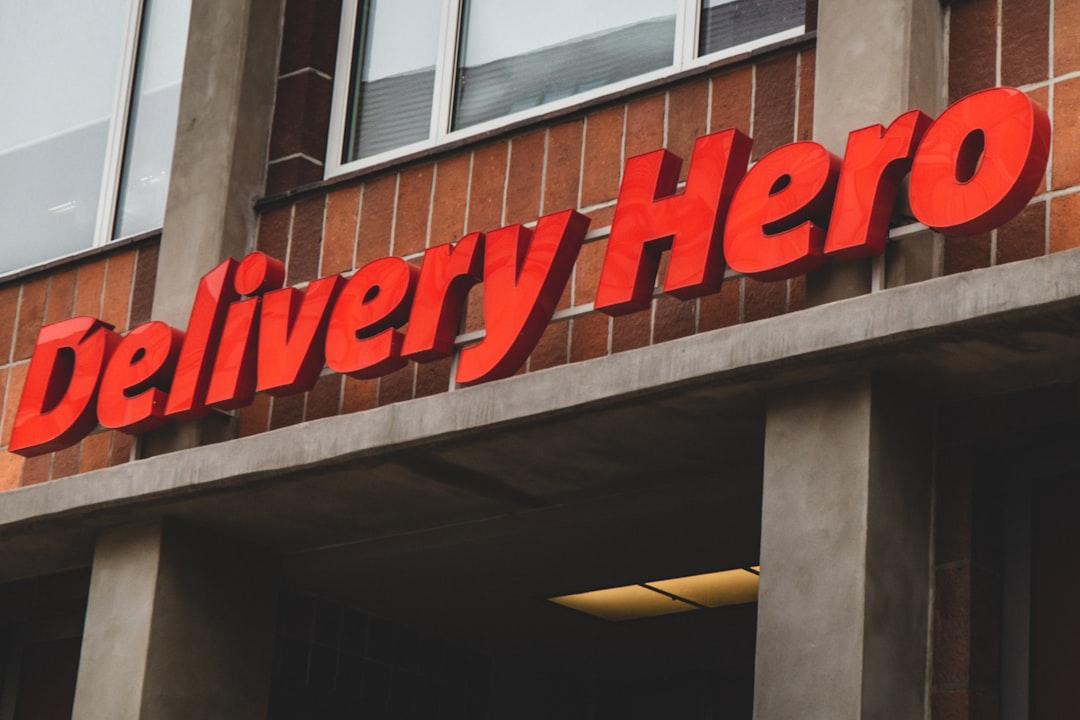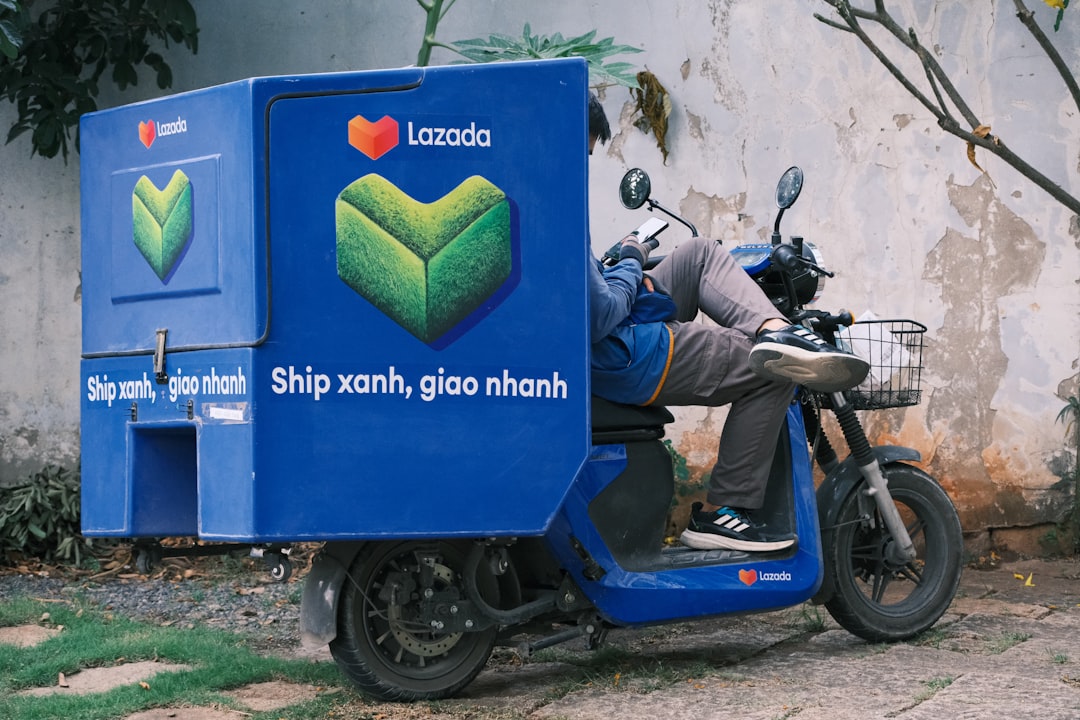In today's digital restaurant landscape, effective marketing is no longer optional—it's essential for survival. With online food delivery becoming increasingly competitive, how do you ensure your restaurant stands out from the crowd?
Your brand is more than just a logo—it's the complete experience you deliver to customers. In the crowded food delivery space, differentiation is crucial.

Think of your brand as your restaurant's personality in digital form. Just as a memorable waiter can make a dining experience special, your brand voice creates lasting impressions online. According to research from Adjust, food delivery apps with strong brand identities see significantly higher customer retention rates than generic alternatives.
Your digital storefront needs to be discoverable, fast, and user-friendly:
Remember: a one-second delay in page load time can reduce conversions by 7%. Speed matters when hungry customers are making decisions.
With Spindl's all-in-one platform, you can seamlessly integrate your online ordering system with your POS, eliminating errors and creating a unified customer experience across all touchpoints. This integration isn't just convenient—it's critical for maintaining accurate menus, pricing, and availability across all ordering channels.
Social media isn't just for posting—it's for connecting and converting:
Research indicates that 87% of consumers rely on social media for purchasing decisions, making these platforms critical for food delivery marketing. One Denver-based pizza restaurant increased delivery orders by 30% after launching a series of behind-the-scenes kitchen videos on TikTok.

Customer retention is far more cost-effective than acquisition:
A study highlighted by Oppizi found that 79% of consumers prioritize brands with loyalty programs, emphasizing their importance in retention strategies. The math makes sense: increasing customer retention by just 5% can boost profits by 25-95%.
Email remains one of the most effective marketing channels when done right:
Think of email as your digital direct mail, but with pinpoint targeting. Targeted email campaigns have shown to generate up to 4x more revenue than untargeted mass emails for food delivery services. One strategy that works well: sending emails during the pre-dinner decision-making window (3-5pm) with time-limited offers.
Local food bloggers and micro-influencers can drive significant traffic:
Micro-influencers (those with 5,000-30,000 followers) often deliver better ROI than celebrity partnerships. Their audiences tend to be more engaged and trusting of recommendations. Uber Eats successfully used influencer takeovers to boost both engagement and app installations in competitive markets, having influencers livestream their ordering experience.
The most successful food delivery businesses make decisions based on data:
With Spindl's real-time analytics, you can access these insights instantly, allowing you to pivot strategies based on what's actually working. For example, you might discover that dessert add-ons convert best when offered after the main items are already in cart.
To ensure your marketing efforts deliver results, track these key metrics:
Don't just collect data—act on it. If your email campaigns consistently outperform social media in terms of ROI, consider reallocating resources accordingly. The Deliverect blog recommends reviewing these metrics at least monthly to stay agile in your marketing approach.
The most effective food delivery marketing strategies don't operate in isolation. They work together as part of a cohesive plan that addresses every stage of the customer journey—from discovery to first purchase to loyal repeat customer.
By integrating your marketing efforts with an all-in-one platform like Spindl, you can create a seamless experience that not only attracts new customers but keeps them coming back. With built-in integration for various delivery apps, real-time analytics, and comprehensive POS integration, you can focus on growing your business while the technology handles the complexities.
Remember, in the competitive world of online food delivery, the restaurants that thrive aren't necessarily those with the biggest marketing budgets—they're the ones that understand their customers best and deliver exactly what they want, when and how they want it.
Ready to transform your restaurant's marketing strategy? The secret ingredient might just be simplifying your operations first.
